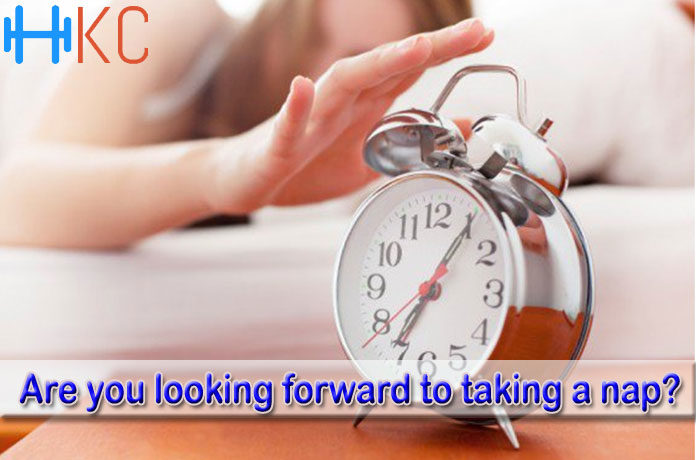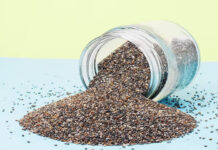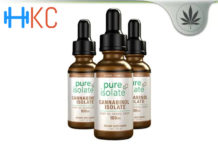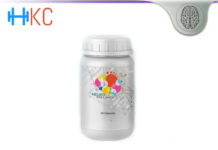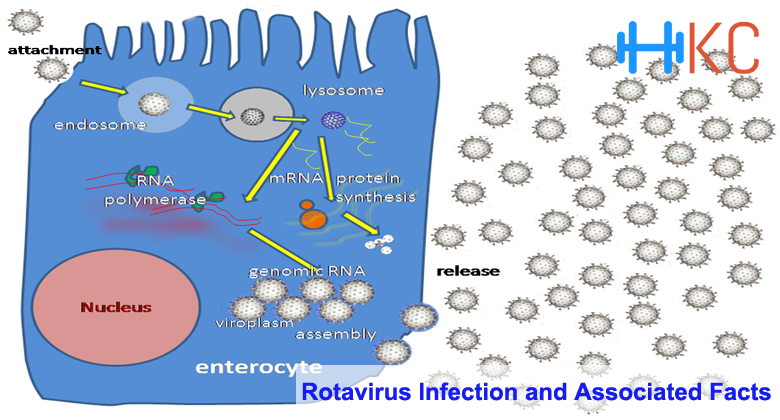Are you looking forward to taking a nap?
Here are some tips to maximize your snooze time without compromising on your sleep routine in the evening.
Sometimes, the stresses of our day can leave you feeling at less than your best, and having a cup of coffee does not really help you out. If you find yourself sleepy on your way to work, it could be due to a myriad of reasons – maybe you had a long night, you had to sleep late, you were taking care of a baby, you were probably sick, going for the holidays, and so on.
When the coffee does not help, a set time for snoozing might do the trick to boost your energy levels – in fact, having a nap has proven to counter the negative effects of illnesses such as depression, it improves your productivity and energy levels, it also enhances the concentration span you have, among many other benefits.
However, you also need to remember that not all naps are equal, and having a snooze at certain times of the day will impede your ability to sleep later on in the night. In addition, they are only beneficial when they are for certain lengths of time, which means you cannot have a nap that lasts for two hours. There are strategies you can use to optimize the gains you make from your nap while still ensuring you sleep at night – read on to find out.
Avoid naps if you suffer from insomnia
When you are sleep deprived, a daytime snooze can help you greatly when you need a supplement for your usual sleep during the night. However, taking a nap is not a good idea if you suffer from insomnia, a condition that prevents you from falling asleep at night, or staying asleep, or even both in many instances.
In light of this, it is even more difficult to fall asleep when you suffer from insomnia and have taken a nap during the day – scientific research reveals that the previous sleep time will affect the quality and quantity of your sleep afterwards at night. For instance, if you are taking a nap at 1:30 p.m., it will be very hard for you to sleep afterwards, and it will take you a longer time to fall asleep.
Always go for a maximum of thirty minutes
Naps are supposed to be short periods when you can catch some sleep – so do not make them longer than they should be. Ideally, a nap should last a maximum of thirty minutes, since this will give the body enough time to relax before entering into the stage of deep sleep.
The concept of as nap is good for a person when they feel tired during daytime because of not getting sufficient sleep at night even when using a comfortable mattress like the dream cloud variety, and they want to get some extra rest for a little while. The problem of making your naps too long is the risk of entering deep sleep – something that is very difficult to get out of.
Go for the “full sleep cycle naps” if there is time to do it
In the case that you are feeling particularly tired and do not feel like a thirty minute nap will help you regain some energy, go for a nap lasting 90 minutes. The body will be thankful for it.
This is because this type of nap will allow the body to drift back into REM sleep, which can restore its strength and sometimes improve your creativity as well. The 90-minute cycle is also called the “full cycle” as a typical cycle of sleep (consisting of several stages) lasts for this amount of time.
This will of course, depend on how you are feeling, how you want to be when you wake up, as well as the amount of time you have.
You can try doing caffeine naps
You may have heard of these naps before, also called “napalette”, these naps can help you to feel refreshed afterwards – but they are still short in their length.
You drink a slightly cool cup of coffee quickly, and then sleep for twenty minutes immediately after you finish the drink. The body will allow the caffeine to kick right in immediately when you wake up, so that you can feel mentally refreshed and sharp enough to continue with your work. The best part is that it will leave you energetic for hours afterwards, so you do not need to worry about drops in energy levels.
Go for a walk
Sometimes, it is common for the energy levels of the body to reduce after 2 p.m., especially when it is a hot and sunny afternoon. When you find yourself facing this problem, it is a good idea to go out for a walk instead, and take some time to bask in the weather for 15 to 20 minutes, and this can be a more effective solution than lying down. If the cause of your fatigue is due to hectic schedules or stress, you can find it very helpful to spend some time in the fresh air to boost your energy.
Most people get tired during the lunch and after lunch hours – between one and three p.m., and it may not always mean that you need to lie down. The body might be craving some sunlight, because the temperature of the body reduces, and acts as a signal to the brain to release melatonin. When you go out for some sunshine, the brain will not produce melatonin, so this tactic can help.
Avoid napping in the later hours of the day
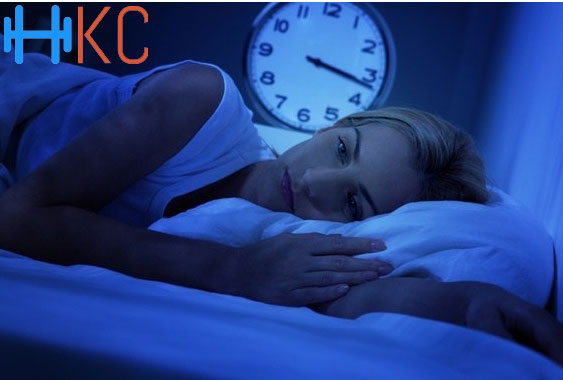 Sleep deprivation can be a reason for tiredness, and taking a nap in the early afternoon can give you a boost. The low point of the circadian cycle is usually between noon and 4 p.m., so this is normal. However, avoid sleeping later than this, as it can compromise your ability to sleep later on.
Sleep deprivation can be a reason for tiredness, and taking a nap in the early afternoon can give you a boost. The low point of the circadian cycle is usually between noon and 4 p.m., so this is normal. However, avoid sleeping later than this, as it can compromise your ability to sleep later on.
Final thoughts
Napping is good, as long as it is done correctly. That means you need to ensure you are not sabotaging your sleep tie at night, so make your naps short – they are simply for refreshing your energy levels.



